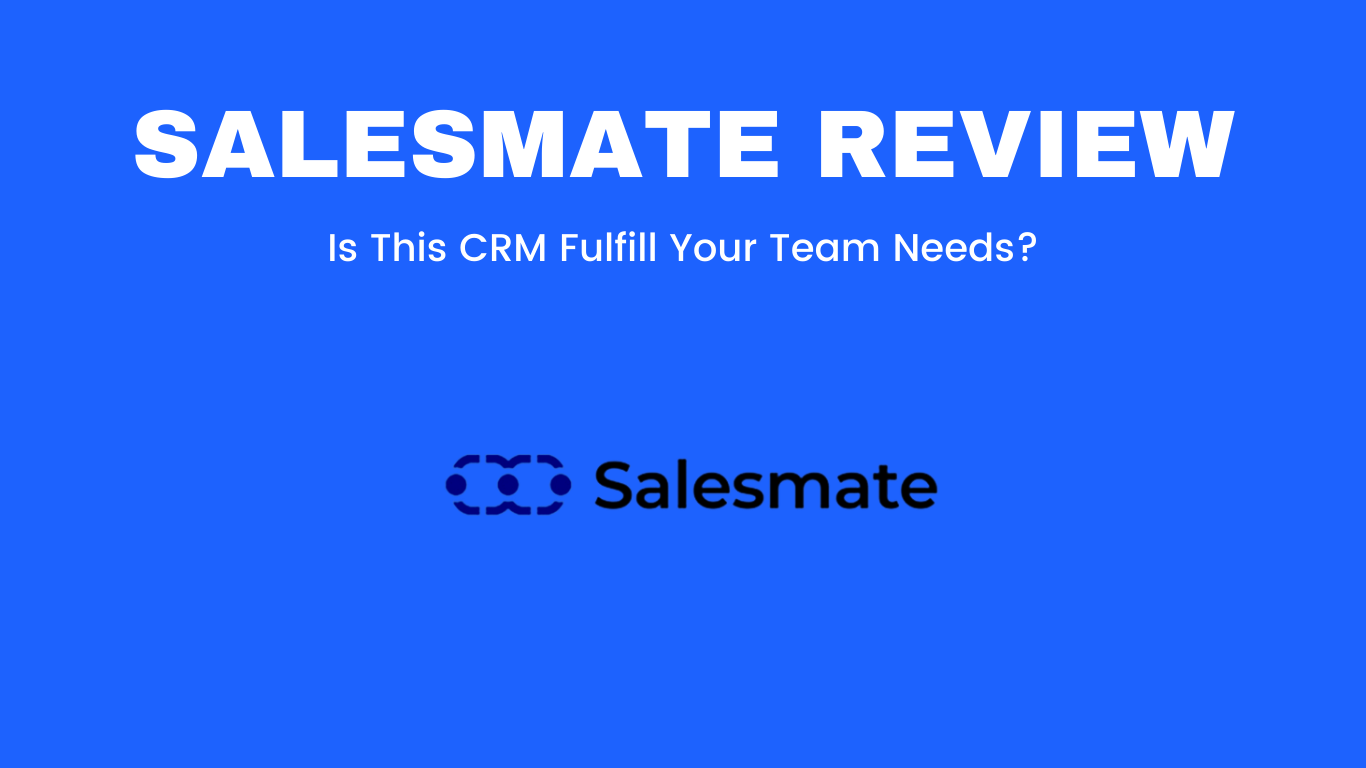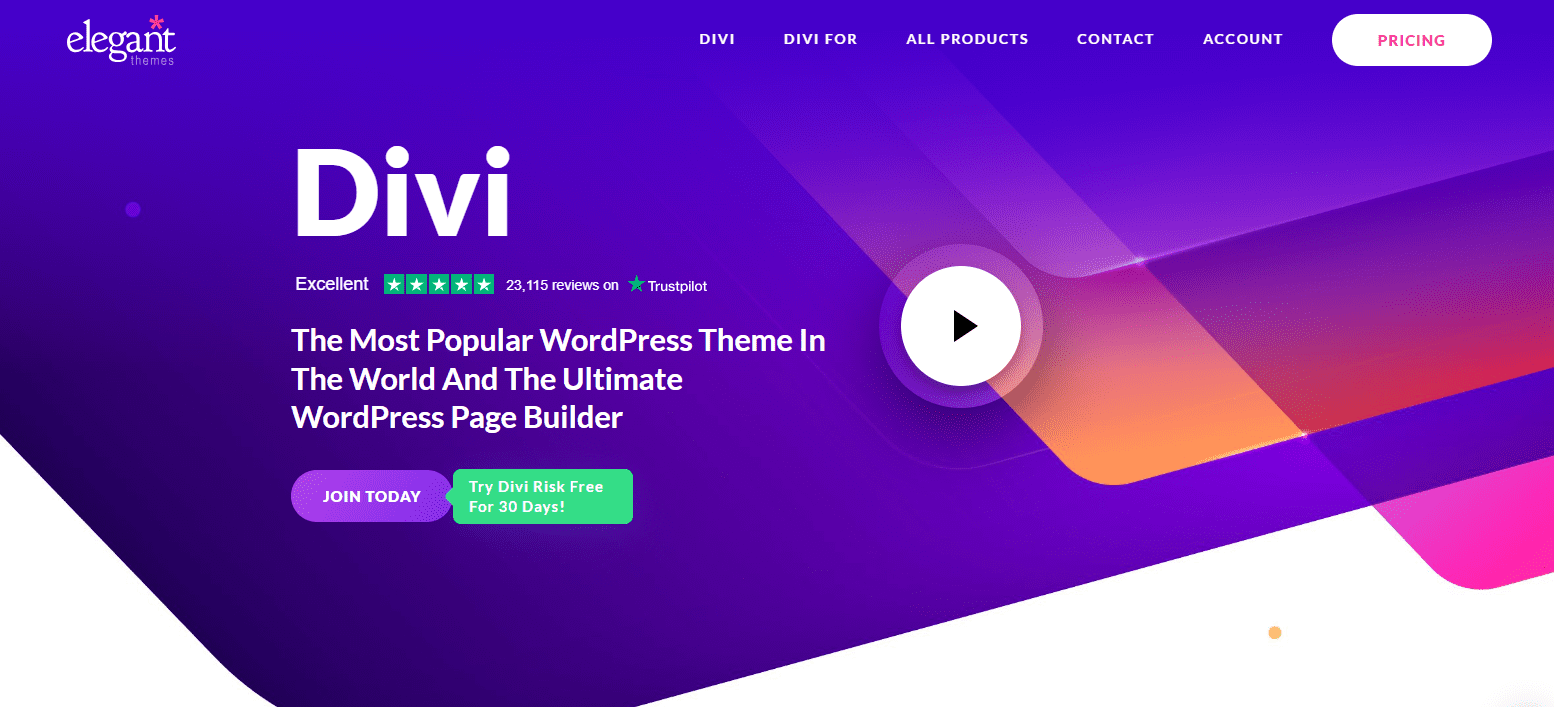Shopify Review(2023): Quick and Easy Way To Build An Online Store
Shopify is a helpful and user-friendly eCommerce platform that helps you showcase your products to the world. In addition, it has features like customer reviews, which can help increase conversion rates while also providing insightful feedback for what customers want in their future purchases.
Shopify provides an economical way of running your online store! You get great features without any extra costs or headaches from hidden fees (eek!). So if it’s time to update your website design but don’t have much money on hand– Shopify might be just right for you because they provide everything completely free with no monthly payment required if only selling less than $2000 worth of product per month!
What is Shopify?
Shopify is an affordable, hosted e-commerce platform. That provides everything you need end-to-end (minus the product and business knowledge) to get your products set up and sold to the world instead of placing the entire assemble yourself (see Shopify’s strategies here).

It’s like using a general contractor to develop your home instead of being the contractor and working with subcontractors yourself. You are still in power, but you let the prime contractor use their experience to get the project done. My analogy is with real estate.
The program also has advantages and disadvantages. We’ll get into that, but in general. Know that Shopify Straight primarily competes with BigCommerce and Volusion, all three of which offer turnkey e-commerce solutions. Which later, non-turnkey solutions take over (like setting up your shop with WordPress + WooCommerce).
These hosted solutions also include and compete with e-commerce “marketplaces” such as Amazon, eBay, and even Etsy.
How does Shopify work?
Shopify review is a low price and top features review. In addition, it is a “hosted” service. That means it works on its servers, and you don’t have to buy web hosting or set up software programs anywhere.
You don’t have a duplicate of the product, but you pay a monthly fee to use it – and as long as you have access to an internet browser and even the internet, you can manage your business from anywhere.
With Shopify, the essential items you need to create and market an online store, such as templates, a bulk processor, blog, and even email marketing tools, are provided “out of the package.”
That said, you can customize your business to meet. Even more personal needs with the improvement of apps more. Do this later or using custom code.
Shopify Pricing and Plans
Shopify provides a variety of pricing options that are perfect for any size of business. For example, if you are starting and want to test the waters before committing fully to an online store, then their Basic Shopify plan will suit your needs perfectly with its $9 monthly fee; or perhaps you have some more creative ideas as well but don’t know where to start?
Their Starter plan might be right up your alley, priced at only $29 per month! You can also try upgrading from there when needed instead of paying the full price all in one go. The choice is yours – we’re not here telling anyone what’s best for them anyway :).

There are five Shopify prices available:
- Shopify Lite – $9 monthly
- Basic Shopify – $29 per month
- Shopify – $79 per month
- Advanced Shopify – $299 per month
Shopify Pricing Plus is flexible but typically costs around $2000 per month. It would help if you prepaid the spending plan. You can cut your Shopify costs by purchasing a biennial or annual strategy. 10% and 20% discounts are available for spending a year and two years of service, respectively, instead of paying monthly.
A free trial of Shopify Review Pricing is also available to help you get a feel for which of the above fees is right for you.
Finally, a brand new add-on, ‘Shopify POS Pro,’ opens up an advanced sales capability point. Unfortunately, it costs $89 a month. I’ll discuss this later in the message – but for now, let’s examine each of the features of the Shopify strategy.
Overview of Shopify Features
If you’re not looking to spend a lot, then Shopify may be the perfect option for your small business. Along with having one of the most user-friendly interfaces and free hosting services, this platform offers some of the cheapest fees compared to other options on today’s market. So it is no surprise that they are among Ebay’s biggest competitors!
With Shopify, you can easily do everything from one place, from creating a great-looking website to attracting customers with offers and discounts.
Interface and Ease-of-Use
Shopify is easy to use. It has a user-friendly and also clean interface. The user interface allows you to set up and manage a variety of sales channels. These consist of:
An online store: this is your main website.
- Facebook: A tab on your Facebook website where users can browse and purchase your products.
- Carrier: You can offer customers directly in Messenger conversations with them (in addition to orders and shipping notifications and answering customer inquiries).
- Acquire Button: In this network, you can embed the e-commerce performance with the help of “Buy Buttons” – on any website or blog. Amazon.com: This is a great way to manage your Amazon listings and Shopify items in one place.
- Instagram: This is how you can make your Instagram items shippable.
It’s pretty easy to use these distribution networks and the interface in general. However, there are a few concerns worth focusing on regarding the content format and images.
Drag and Drop
One element of the Shopify interface is a bit old-fashioned: the content editor doesn’t let you use a drag and drop plan to outline your text and images.
You’re using a more typical WYSIWYG editor (what you see is what you get). While it works just fine, it doesn’t give you the versatility other website builders are now showing you in laying out content on a page.
WordPress, Squarespace, and BigCommerce are all drag-and-drop features for stressful content – it would behave if Shopify rolls this out anytime soon as it can result in great-looking (solid) website layouts.
It’s important to note that regardless of the absence of drag and drop in Shopify. It includes various other tools that you can use to customize the design of critical pages.
That is precisely the case when it comes to your website’s webpage. It’s easy to change the layout with the built-in theme editor.
Product Images
They are not immediately cropped to a constant ratio when posting Shopify images with different aspect ratios. Simply put, your product directories are no doubt a collection of variously shaped images. That can adversely affect your store design.
You can control this using a photo editing program to ensure regular aspect ratios for all of your products. If you don’t do this before you start posting your pictures, you might have a headache, especially if your store is full of items.
You can also add a little bit of code to your template to display images in a specific ratio. However, this is not particularly good for those with no technological skills.
Because of these drag and drop and product image concerns, the user interface is clean, easy to use, and shouldn’t offer a huge learning curve for most users.
Marketing
Shopify is a good option for the starting entrepreneur who can’t afford to hire marketing services. The company offers basic promotions tools that are useful at first, but as your business grows, you’ll need more advanced ones like social media and email sales campaigns.
They use more on the app marketplace, however. However, that does cover the basics and take good care of the basics.
Shopify Application Store
In addition to the core functionality of Shopify, an application store. Store owners can see to purchase apps both for free and for a fee includes brand new features.

There are many more apps (over 4,000) out there than any other e-commerce platform I’ve found. These apps either contain the specific features of your business or let it speak to an additional tool (like Xero or Zendesk).
On the positive side, you have an incredible variety of alternatives to add functionality to your business and integrate it with other tools and platforms.
- Examples of readily available Shopify apps are Record Apps.
- Check apps.
- She gave up Cart Saver Apps.
- Apps for selling multiple currencies.
- We have advanced reporting apps.
Essential third-party apps that are supported using combinations are Xero, Freshbooks, Zendesk, and Campaign Monitor.
It’s worth spending a minute in an app that doesn’t have a central integration for it: Mailchimp. That takes from the application store due to disagreement over privacy and privacy issues.
You can still use Mailchimp with Shopify, but you still need to use more manual workarounds to do so. Additionally. You can use email marketing options like Getresponse, Aweber, or Campaign Monitor to process e-comms.
However, with the start of a brand new email marketing feature, you don’t have to integrate an e-comms tool with Shopify.
Dropshipping with Shopify
Many potential Shopify users will no doubt be wondering how it is promoting dropship.
With dropshipping, you request an order, send it to a dealer, and deliver the goods to your customer. They don’t make or store products. Also, your e-commerce website is practical of the medium type.
Fortunately, Shopify has an extensive selection of dropshipping apps that allow you to get a wide variety of supplier products available and marketed online with exceptional speed.
I would surely like to see from the company that even more details about the high quality of dropshipping providers could be a “moral rating” or equivalent.
Since there are many drops of shipped goods in the Far East, the working conditions can be inadequate. In addition, from today’s perspective, it’s not easy to be sure that the goods you sell through Shopify’s dropshipping apps ethically produce.
It’s reasonable to say that Shopify is likely to be the leader in drop shipping applications. However, if you are concerned about ethical measurements, you surely need to do some research before dedicating it to any particular app or distributor.
Reporting
Shopify offers a full range of reports, including access to your data and insights on the Shopify platform.
Shopify provides analytics for all users through their dashboard, which includes customer engagement metrics such as conversion rates and average order values.
Shopify offers a full range of reports, including:
- Sales Material.
- Customer reports.
- Marketing records.
- Browse data reports.
- Funding records.
- She left cart reports.
Still, there is one negative point to point out: the most beneficial reports are only available if you are on the more expensive plans – the Shopify $ 79 + or better strategy.
You only get a pretty simple dashboard made up of topline stats if you’re not on one of those plans.
However, when you cash out for reporting performance, you will find it is excellent.
Blogging in Shopify
Shopify Reviews Blogging is one of the necessary tools to improve the traffic to your website. Hence, it is essential for any person who runs an online shop.
Conveniently, Shopify includes a built-in blog writing tool that allows you to create the kind of content you need to make sure your website is visible in search results.
Omissions consist of content versioning and Yoast-style SEO plug-ins. When it comes to classifying posts, you can also use tags in Shopify blog posts. No classifications offer (expert blog writing systems usually allow the use of both).
The built-in blogging functionality is usually excellent and meets the needs of most traders flawlessly. With a bit of configuration, you can also connect it to the Disqus comment tool, which is helpful.
Like some of Shopify’s features, you can always turn to an app for assistance if you’re not happy with the blogging configuration.
Mobile Device
Shopify checks the essential functions of mobile devices. It offers two leading apps. You can manage your store on a mobile device: Shopify and Shopify Point of Sale.
These are open for both iOS and Android and have also been well received by users of both platforms (the main application “Shopify” scores 4+ out of 5 points in both the Apple and Google Play app shops; the app “Shopify POS “) Ratings 4.3 as well as 3.7 on these respectively).
You can use the Shopify application to view and fulfill orders. Include / edit products; View records and communicate with your rep using an order timeline.
‘With the’ Tip of Sale ‘app, you can, as the name suggests, use Shopify’s POS system. You can use it to make face-to-face card refunds, track deliveries, send customer receipts to customers, and much more.
In addition to the store management apps. An application called “Ping” is available to make it easier for you to answer inquiries or share your product information with customers when you talk to them on Facebook Messenger, Apple Business Chat, Heydey, and Shopify Chat (the Chatify chat service).
Shopify Customer Support
The best customer service is the one that’s always there for you. Shopify knows this and offers 24/7 support to all of its customers, including those looking for phone assistance. To get a callback from an agent at any time day or night (with just minutes’ notice), request it on your online account with us, and we’ll call!

That is dramatically better than the support choices made by some competitors. For example, its key competitor, Squarespace, doesn’t offer any phone support at all. However, there are a few issues worth explaining.
You have used Shopify support first in the past. As a result, you may not always get the answers you seek from the standard support service.
For accessibility information, you must search the help pages to find a service for your problem.
Shopify Money-Back Guarantee
Even if you change your mind or order the wrong size, Shopify has a money-back guarantee that will give you peace of mind.
They offer free returns within 30 days of purchase and take care of all refund requests for up to 60 days after delivery! If it’s not quite what was expected, they would rather trade in an item than have someone stuck with something they don’t want.
Shopify Alternatives
Shopify Reviews are not the only solution to your e-commerce woes. There are many other platforms and plugins out there that can help you grow through third-party integration, product visualization, and search engine optimization!
Shopify reviews may be great for some people, but they aren’t right for everyone’s individual needs in an online store. Do you want something more personalized? Something better at SEO than Shopify offers? How about integrating 3rd party branches or adding visualizations to products and searches on top of their already extensive list of features like inventory management, built-in PDF creation software, among others, all without needing any coding skills whatsoever.
The challenge is figuring out whether or not the software program you have chosen is right for you. We’ve compiled a list of e-commerce platforms that reviewers voted best overall compared to Shopify.
With customer information, you can see precisely how Shopify is holding up against the competition, review past and current customer reviews, and find the most suitable for your business.
WooCommerce, BigCommerce, Salesforce B2C Commerce, and Ecwid are the most preferred alternatives and competitors to Shopify.
Conclusion
Shopify is one of the most effective hosted solutions for those looking to develop an online store and probably the best product anyone could use if they plan to sell their items through both a digital platform and in person.
It’s also specially designed for people interested in dropshipping.
Lite’s strategy is of excellent value to any person looking to advertise items on an existing website. It’s also easy to use, integrates well with various other apps, and the templates are appealing.
It has a vast individual base of 1,000,000 users, which is an added motivation for trust. Second, the restriction to 3 alternatives per product is not optimal. Third, the multi-currency sell functions could be a little better.
Shopify is an entire commerce platform that lets you begin, expand, and take care of service. Shopify can be entirely cloud-based and hosted, which indicates you do not need to bother with upgrading or maintaining software applications or web servers.
- Simplicity
- Around-the-clock support
- Incorporates marketing tools
- Includes a third-party app store
- Lots of Themes
- Robust customer experience
- Extensive self-help documentation
- Offers a 14-day free trial
- Transaction fees collect rapidly
- No-refund policy
- No email hosting
Tags: Best eCommerce ToolE-commerceEcommerceeCommerce Toolecommerce toolsShopifyStoreTop eCommerce Tool
I am Sajal. A Freelancer, a blogger, a Freelance Content Writer, and a geek when it comes to anything related to online marketing. Stay connected to me. Leave a comment if you like my articles.






